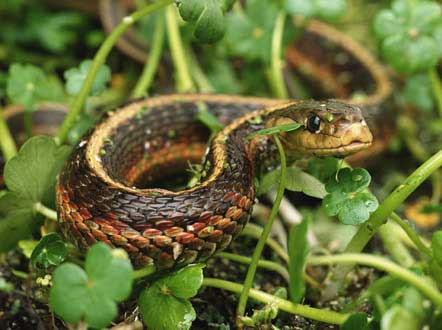
The nature is the main source of inspiration for each important project. The Georgia Tech University has received a grant from National Science Foundation to carry forward a project that develops search and rescue robots.
The project aims to break down biological systems involving limbless propulsion, into mechanical principles for universal application in robot design and focused on energy efficiency.
The work is based on two approaches focusing on on the teamwork found among ants and the sliding and slithering movement of the snakes. The idea is to find an optimal method of propulsion using least amount of energy. The research team is focused more on the energy efficiency aspect and less on the look.
„The body shape and movements of a snake are highly optimized for traversing over all kinds of terrain and surfaces. It can move on slopes and incline over all sorts of jagged surfaces. It can also squeeze into restrictive and tight spaces. Based on these characteristics, snake robots already have an existence, but they consume huge amounts of energy and quickly overheat. The Scalybot 2.0, inspired from the study of more than 20 varieties of snakes, is a ‘two-link’, all-terrain snake. It may not resemble a snake in looks but it definitely optimizes on the movements like one. Utilizing the rectilinear motion of the snakes, it moves its ‘scales’ in a wave sequence that helps it to literally pull itself forward.”
The study led to another idea in case of fire ants which don’t have the ability to swimindividually, but they form large swarms and shape themselves into a big ball that easily floats over the surface of water. This has triggered the inspiration to make tiny robots that can navigate the toughest of terrains by assembling autonomously into larger formations. This synergy can be used to overcome obstacles that present themselves as inaccessible for individuals.
The crux of the research lies in energy efficiency. The success of such a project will see future development of robots with green jobs. For instance, we could have robots that design and fabricate solar cells, do environmental monitoring and necessary remediation, or even substitute human beings in potentially dangerous work like the maintenance of wind turbines.
Studying nature and incorporating her principles and methods will definitely be the next big step in robotics. Trying to imitate the nature the aim is to get a great energy efficiency.



